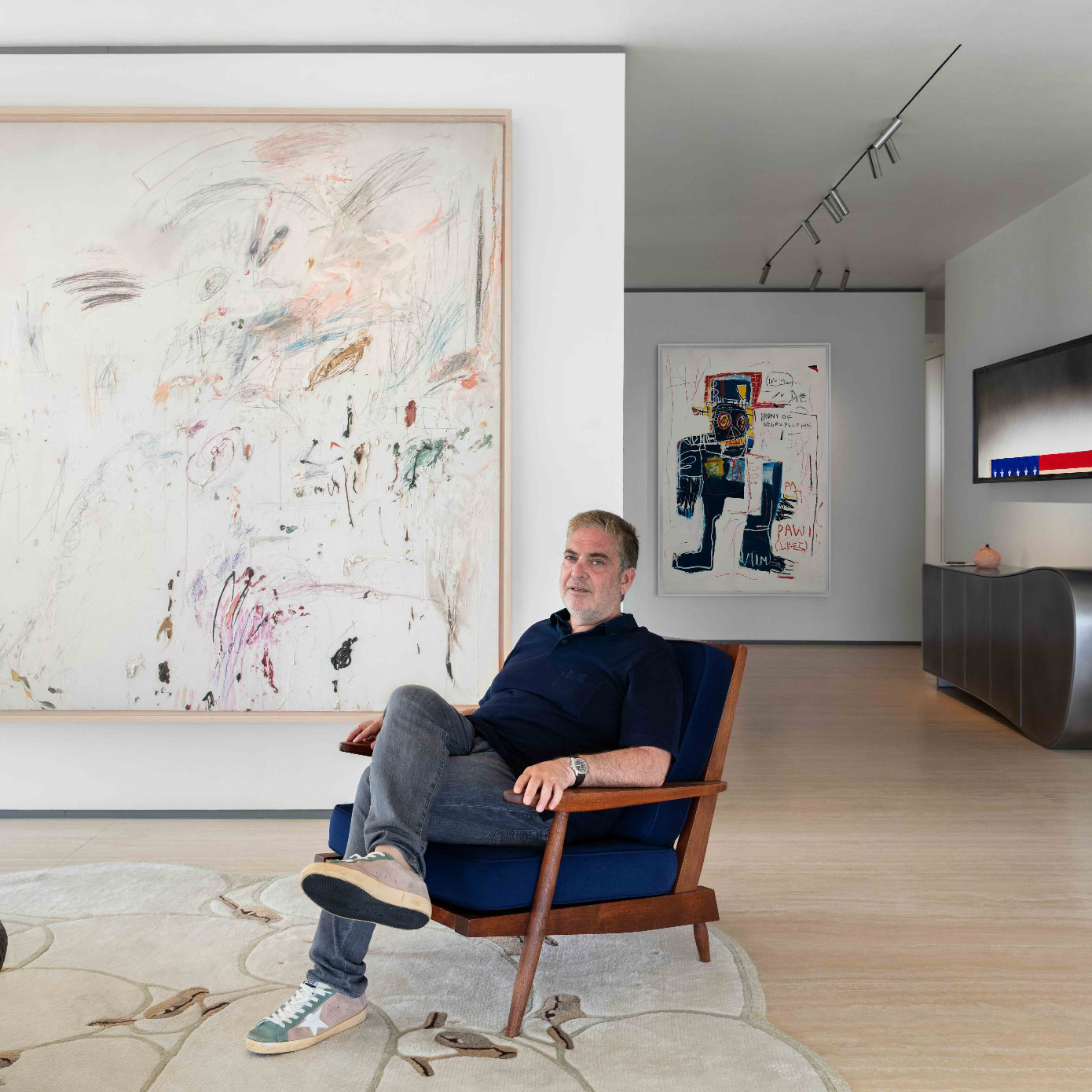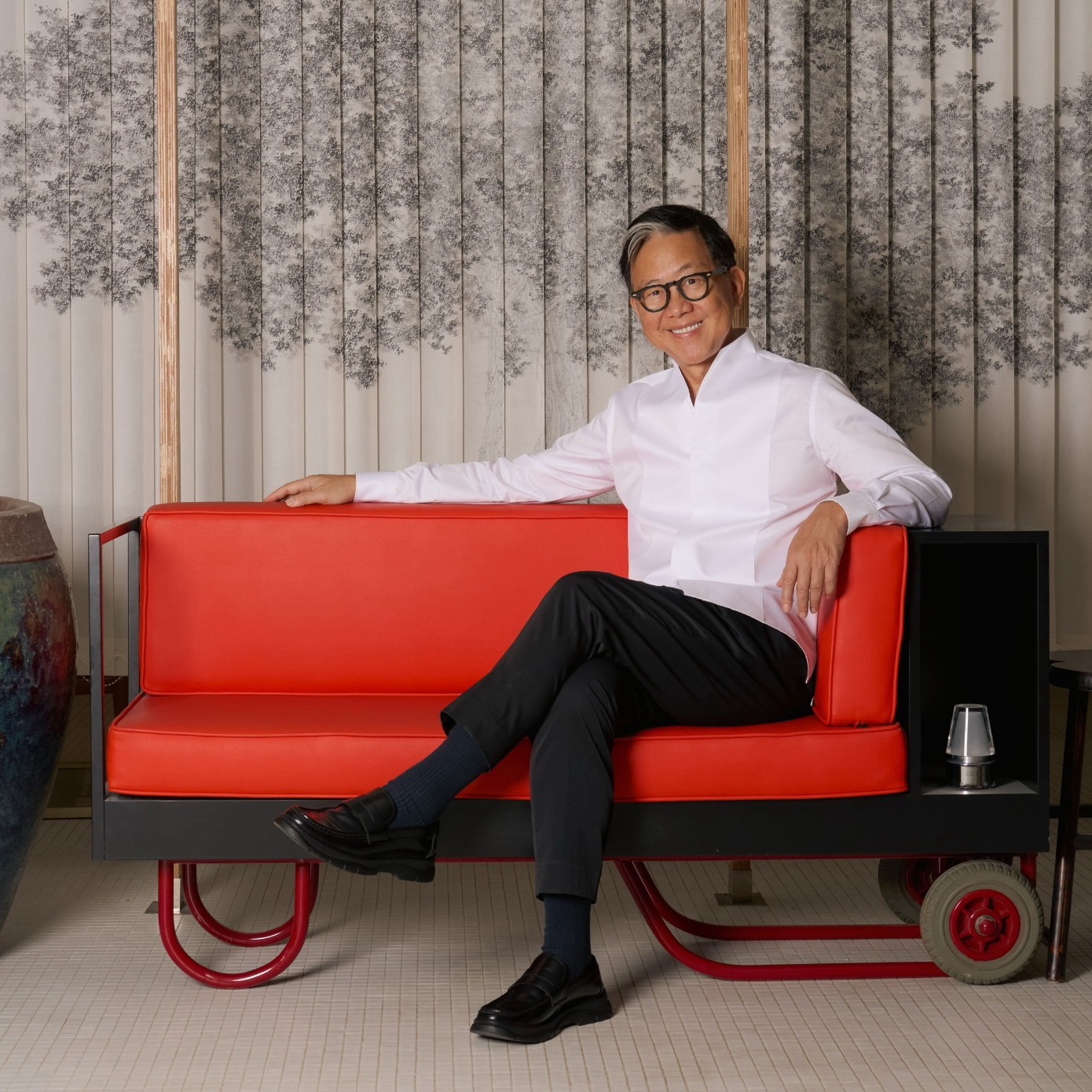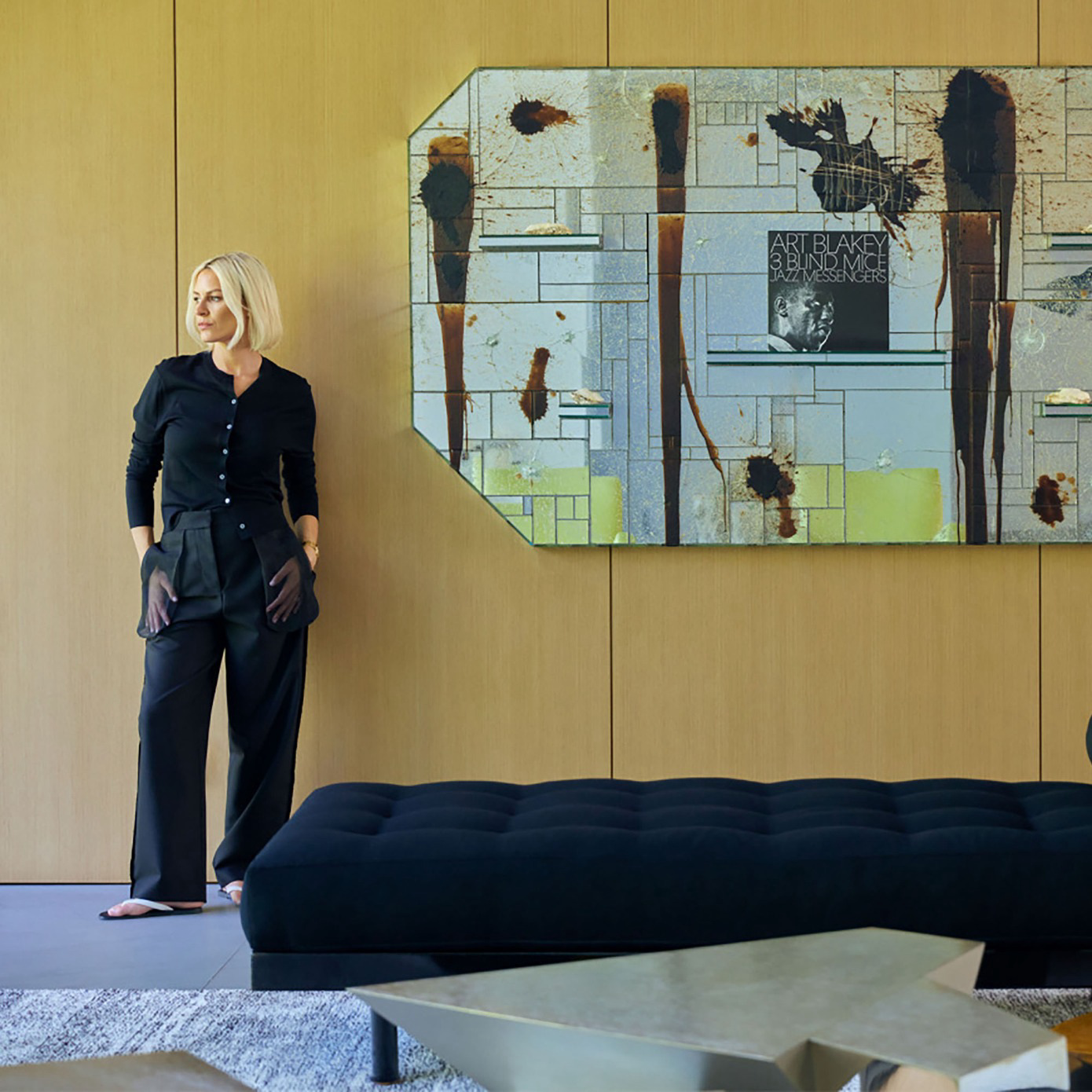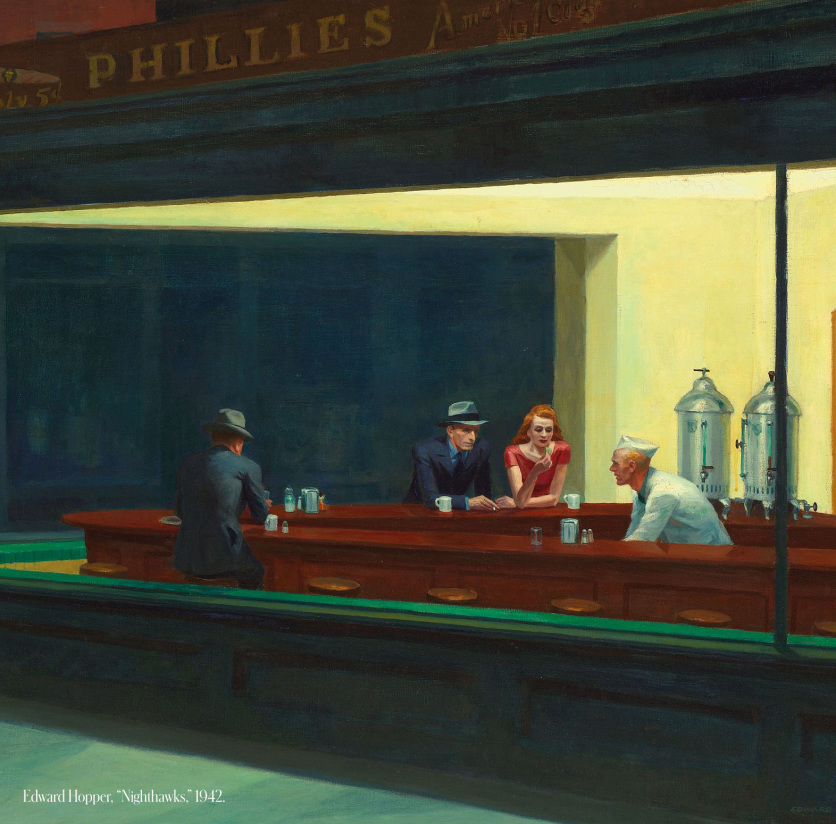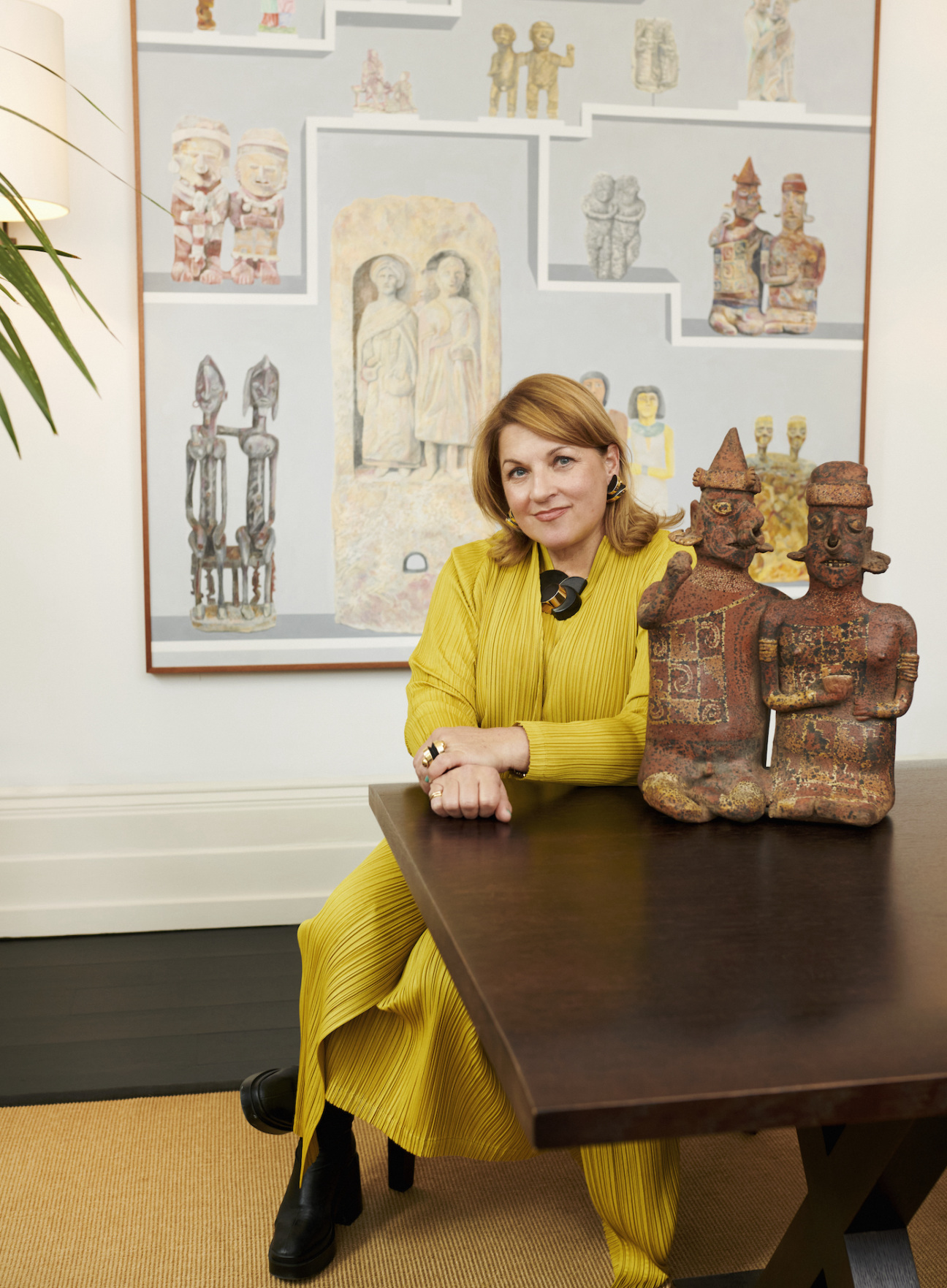
Contemporary Latin American art has a profound advocate in Catherine Petitgas, a former Wall Street analyst whose creative passions forced a sharp career shift. Encouraged by her family to pursue a burgeoning interest in art, Petitgas embarked on an educational path that saw her studying at Christie’s and later earning a Masters in Art History from the Courtauld Institute in London, all before turning to her now full-time philanthropic efforts.
Her personal collection, wide-ranging enough to have spawned exhibitions, began with conceptual pieces by artists like Francis Alÿs, before honing in on the larger cultural tapestry of Mexico City. The result is a carefully curated conversation between diverse artistic expressions and their encapsulated socio-political narratives. Here, Petitgas shares her insights into her evolving role as a patron, the shifting perceptions of the Latin American creative scene globally, and the personal philosophy guiding her journey through the art world.

How did you first get into collecting?
I started my career in banking, focusing on banks in Latin America. At one point I was even ranked in the Institutional Investor Survey on Wall Street, which was quite something for a heavily accented French analyst like myself. Back in London, that career was no longer practical so I decided to go back to my true passion for art, strongly encouraged and supported by my husband at the time. I went to study at Christie's, then did a Masters on the History of Modern Art at the Courtauld Institute in London. When we started collecting in the early 2000s, I also became very involved in philanthropy, starting with the Tate Latin American Acquisitions Committee in 2004.
There have been a few stages in my process. When I came back to London, I opened a gallery with an inaugural exhibition inspired by Oaxacan masters [like] Rufino Tamayo, with highly textured and vivid works [from] Francisco Toledo and Rodolfo Morales. The gallery experience was short-lived and I keep the greatest respect for gallerists; it is not an easy business model. The first pieces we bought with the intention of starting a more conceptual collection were by Francis Alÿs. His work at the time offered a poetic take on Mexico City as a huge megalopolis with a clash of culture between its wealthy, first-world society, and its very traditional, humble society.
That inspired a whole strand of the collection looking at art inspired by megacities, moving on to Brazilian artists playing with the idea of making do with discarded objects, the famous "gambiarra." As one of my favorite artists, Alexandre da Cunha, says, “I love using objects that leave the house through the kitchen door and come back through the front door having been transformed by the alchemy of the artist.”
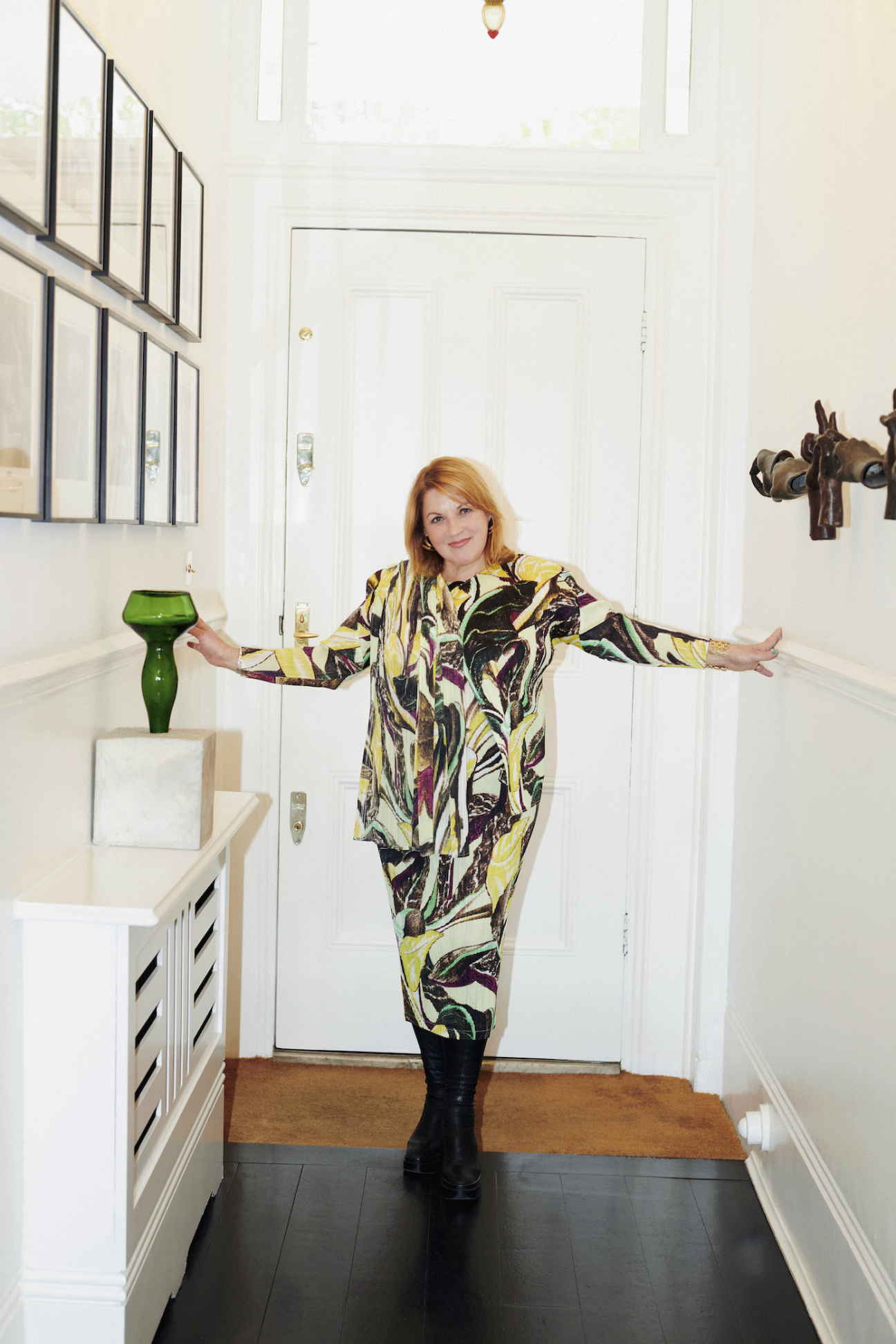
What are the most significant changes you’ve observed in the way Latin American art is perceived globally?
When my husband and I started collecting, Latin American art was only starting to appear on the international art scene. Many art scenes in the region were well established but remained very local. There were not as many fairs. Frieze didn’t exist, Art Basel was only in Basel, local fairs such as Zona MACO in Mexico, SP Arte in Brazil, ARTBO in Bogota, had not started, so it was really exciting to follow and lead the internationalization of the scene.
Gabriel Orozco is an artist I collect quite extensively, and I remember he curated a show in Venice in 2003 with Abraham Cruzvillegas, which was a defining moment. In many ways, I have been a self-appointed ambassador of Latin American art outside of Latin America. I have helped several institutions bring works from the region to their collection: at Tate as a founding member of acquisition committees, at the Pompidou in Paris, at the Guggenheim, and at the Met in New York. I was on the advisory board for Pinta Art fair for a few years.
I am French, so I don’t have any nationalistic agenda: This is all out of personal passion. Latin America has held a mirror to society and been a precursor to many strands of art that fascinate me. Art inspired by megacities and the concept of bringing Indigeneity and shamanism in contemporary art has been largely led by artists from Amazonia, the Andes, even from the Mayan communities of Mexico. This is a trend now seen all over the world, which Latin American artists have been at the forefront of.
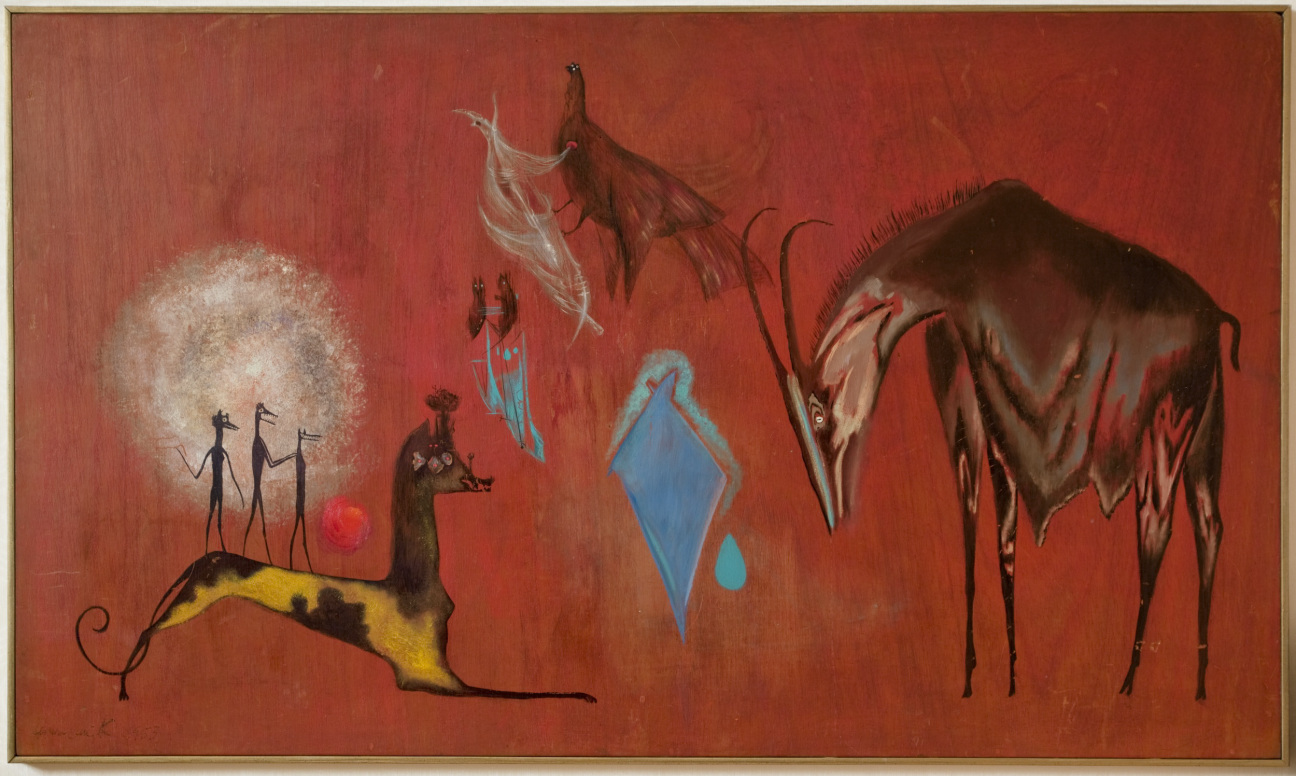
How do you see your role in promoting and supporting these artists on an international stage evolving in the future?
Aside from buying art from the region, there have been instances where artists have been “discovered” through my collection, which brings me great joy. An exhibition with works from my collection in the south of France in 2020 led to several artists finding gallery representation and receiving invitations to participate in international biennials. It has transformed their lives. I also host a lot of art events, which raises the visibility of artists shown in my house. I see collecting as a way of contributing to an ecosystem that nurtures art. It’s important to buy art so artists can keep producing and galleries can keep showing good art.
Can you walk me through your approach of arranging the pieces in your home?
I love finding dialogues between works that may not make much sense in an institutional environment. For example, I started looking into British constructivism as part of collecting Brazilian concrete and neo-concrete art. I like to place these constructivist pieces from different parts of the world in the same room and call it "domestic constructivism." I am well aware that it is not an art history term, but I enjoy playing with things and establishing connections. British constructivism led me onto concrete poetry, a movement very prominent in Brazil and Britain. I have brought together a quirky and intriguing group of text-based pieces that express a nostalgia of the printed matter. I would love to exhibit this one day.
I then started buying Surrealist women 15 years ago, when I fell into the life of the fascinating character who is Leonora Carrington. She was a British socialite in the '30s who eloped with Max Ernst and who fell in love with Mexico, like me, and had a very Romanesque life, unlike me. I have works by both Carrington and Ernst because I like collecting pieces from partners as well as individuals who were part of the surrealist clique. I have works by several women who were part of Carrington’s extended social group: Remedios Varo, Leonor Fini, Alice Rahon, Dorothea Tanning, and others from the larger circle of women Surrealists—Eileen Agar, Paule Vézelay. It has become an ongoing obsession.
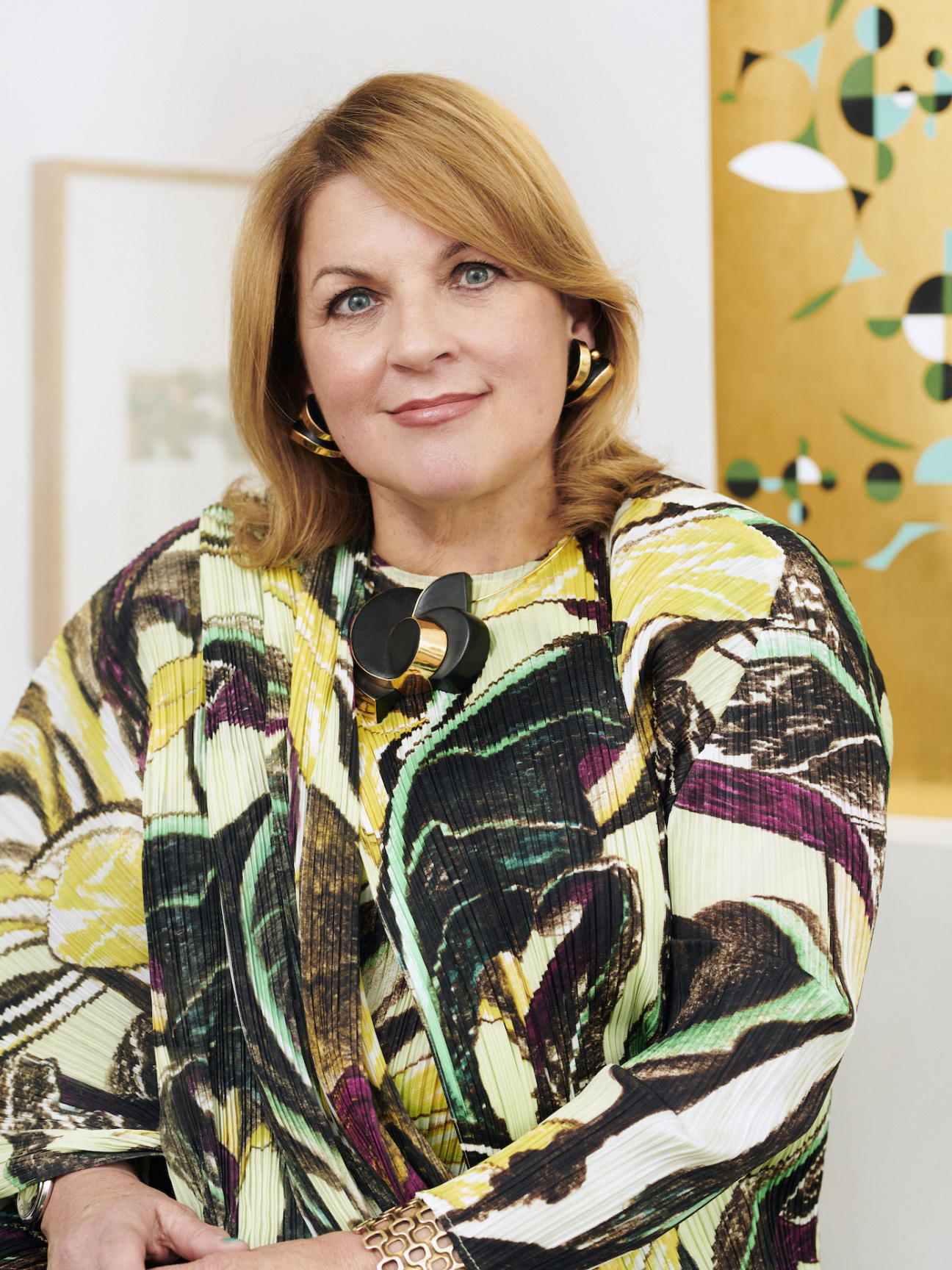
Where do you go to see art in Mexico City?
In the south, I always stop at MUAC and the Carrillo Gil. Anahuacalli, a folly conceived by Diego Rivera with an art extension done by architect Mauricio Rocha, and Frida Kahlo’s Casa Azul are also must-sees in the south of the city. In the historic center of the city, I would visit [Palacio de] Bellas Artes. Laboratorio Arte Alameda is always good to see, and definitely Museo Experimental el Eco.
In Colonia Roma and San Miguel Chapultepec, I love visiting Kurimanzutto. OMR Gallery is incredible, and they have an extension on the lake in the park, Lago/Algo, which is unmissable. There are also younger galleries, but they’re hard to keep track of. There’s one in particular called Llano, which has excellent programming.
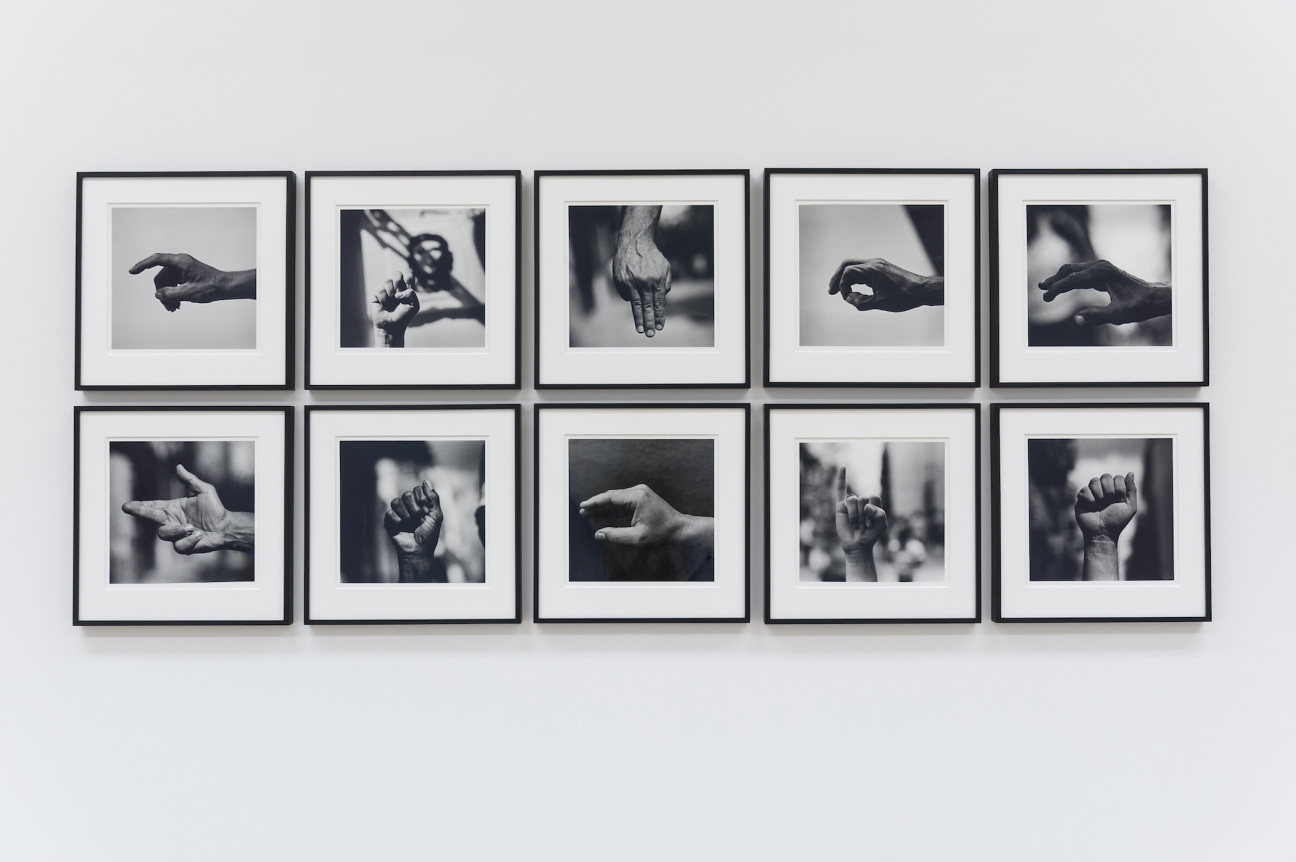
What is the piece in your home that sparks the most conversation?
Everything is a conversation piece. When people believe they have seen everything, they step out of the house and realize there are details in the works they hadn’t noticed at first glance. There is a series in my house entrance by Cuban artist Yoan Capote called "Abstinence." They are bronze hands posed in sign language; on one side, they are signing "Politica" and on the other, "Democracia." In Cuba, you are not supposed to speak about politics or democracy, so it’s a piece about censorship and trying to communicate despite an authoritarian regime. The hands look like they are greeting you, but they have a far more political and conceptual meaning on closer inspection.
Are there any upcoming artists that you're excited about?
Where do I start? I am hugely excited by the works of three young queer female artists from Mexico: Ana Segovia, Bárbara Sánchez-Kane, and Frieda Toranzo Jaeger. All three were part of Adriano Pedrosa’s selection at the 60th Venice Biennale and, at a time where Mexico is about to elect its first ever female president, I find their work courageous and relevant in what is a patriarchal society.
I am also in awe of Colombian-Korean artist Gala Porras-Kim. She challenges the Museum of Ancient Art with wit, poetry, and great scholarship. She chased me for months in search of a photograph I own of a 100 years BC couple from Nayarit in the north of Mexico. She used this to produce Seventeen International Couples, a work that brings together couples from various civilizations into a single museum display, contrary to admitted practice. It was a complete surprise and quite poignant as I was just recently divorced—so much for united couples.

